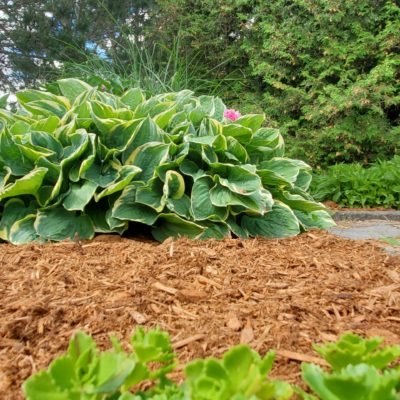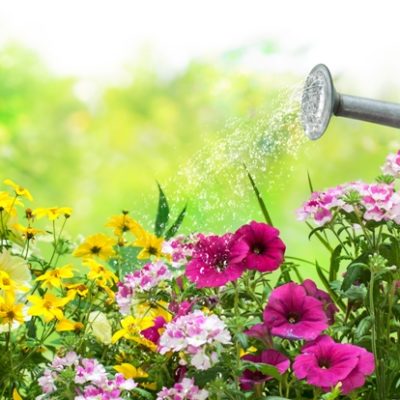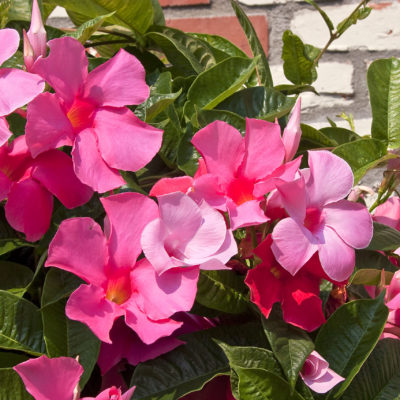
Lifting and Storing Tender Bulbs
As much as we love our gorgeous spring bulbs (the Glads, the Dahlias, the Calla Lilies, and all the rest) their beauty comes at a price: they cannot overwinter in our gardens. But that’s okay, because a little effort now will mean you can enjoy them again next year! Here’s how:
Note: For the sake of space (and a certain writer’s sanity), all varieties in question will be referred to as “tender bulbs” or just “bulbs”, even though most of them are corms/tubers/rhizomes/non-bulb beings.
What to Lift: You’ll need to lift any and all of your tender bulbs before the hard frost hits, including Dahlia, Gladiola, Calla Lily, Freesia, Anemone (not the Perennial/Japanese varieties), Ranunculus, Tuber Begonia, Tuberose, Caladium, and Canna Lily.
What to Leave: Most of your Lilium varieties can handle the cold, so they can stay put. Now’s the perfect time to put your fall bulbs into the ground like Tulip, Daffodil, Hyacinth, Crocus, and other spring flowering bulbs that need our long winters to build up their energy.
When to Lift: After the first fall frost is when you’ll want to start digging up your tender bulbs. The foliage can handle being damaged by the cold, but be sure to dig before the hard frost reaches the bulb.
How to Lift Them: You can use a shovel or trowel, but we find a long-tined garden fork is very effective at gently lifting your plants with minimal damage to their roots and base structures. Bonus: you can shake your bulbs free of soil while they’re still on the fork! Your bulbs should be free of soil, but they also have to be dry so avoid washing them; rotted bulbs don’t do well, period. Depending on the variety, you may have to clip off all of the foliage or keep a few inches attached to its base; check your plant tags before getting out the snips. Let everything dry for a few days to ensure there’s no moisture that will rot the collection once it’s in storage.
Where to Store Them: This will depend on your varieties, but most tender bulbs prefer a cool, dark, dry location that doesn’t freeze, like a root cellar or unheated garage. Ranunculus and Tuberose are two species that prefer a warmer winter vacation, while most of the others are happy with temperatures around 4°C.
How to Store Them: A breathable container, like a cardboard box or loosely closed paper bag, is a great way to store your bulbs. Avoid plastic bags/containers as they encourage condensation. Pack your bulbs loosely in vermiculite, peat moss, sphagnum moss, or even crumpled newspaper. It may sound childish, but make sure that no one is touching anyone else; storing them too tightly can result in rot, which can spread like wildfire to the rest of the bulbs (remember, rotted bulbs = bad). Label your containers to keep your types and colours prepared for next spring. Check them regularly over the winter to check for rot, and toss out any bulbs showing signs of icky gross-ness to save the rest of your collection.
When to Replant: You can get a head’s start on the season’s gorgeous colour by starting some of your tender bulbs indoors in early spring, around March. Try this with your Dahlias, Calla Lilies, Begonias, Canna Lilies, Ranunculus, and Caladiums. Make sure they have lots of light and warmth, and of course water when needed. Your gorgeous Gladiolas and Freesias will do best when planted directly outside once the risk of frost has passed, usually around late May to mid-June.





